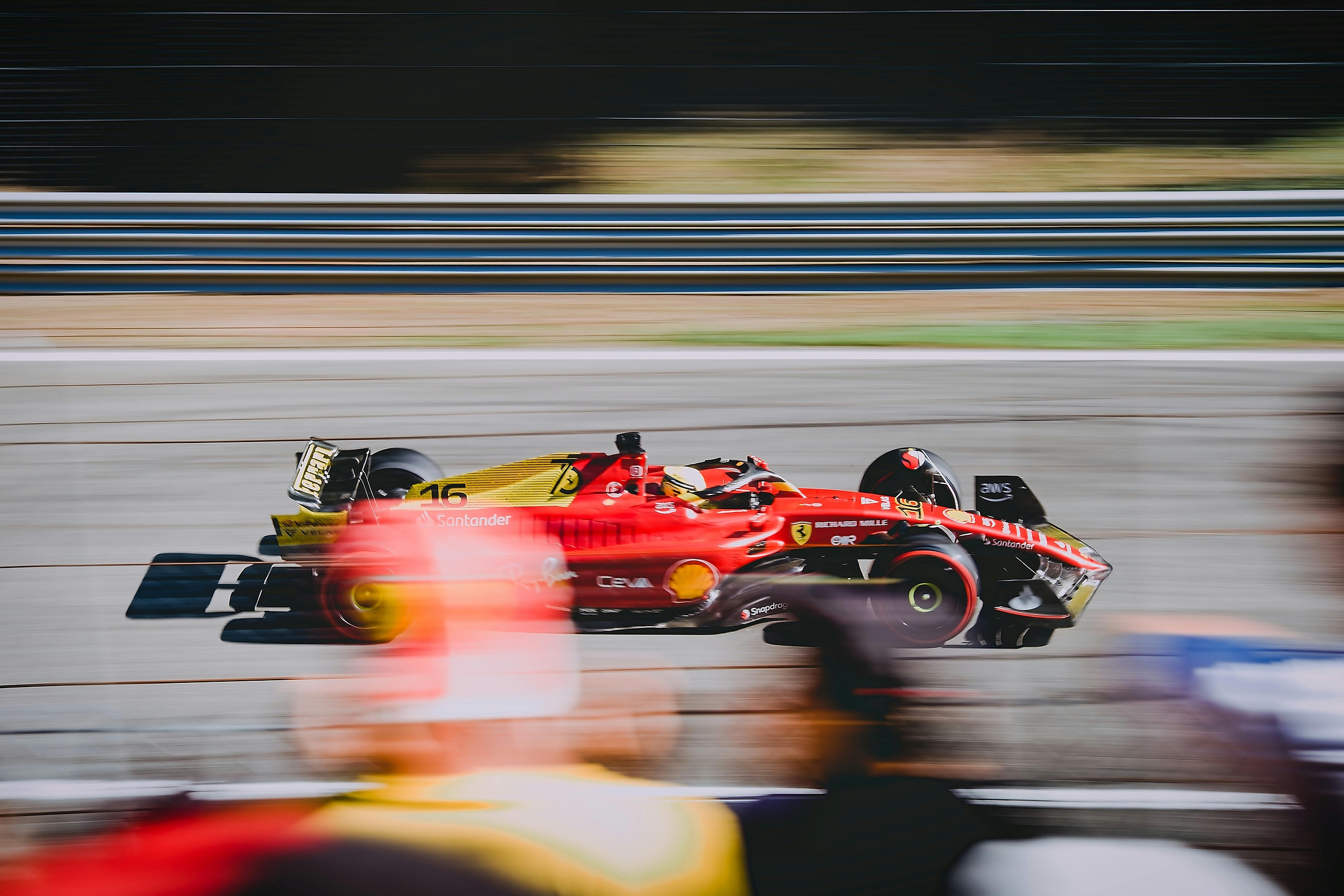
Ever wonder How Fast Do F1 Cars Go?
How Fast Do F1 Cars Go? An In-Depth Exploration
Formula 1 (F1) racing is synonymous with speed, precision, and cutting-edge technology. At the heart of this thrilling motorsport lies the burning question: How fast do F1 cars go? These engineering marvels are designed to achieve extraordinary speeds on the track while maintaining impeccable control. The answer depends on factors such as track conditions, aerodynamic design, and regulatory limits. This article explores the top speed capabilities, acceleration, and performance of F1 cars in detail.
Top Speeds: How Fast Do F1 Cars Go on the Track?
F1 cars are known for achieving breathtaking speeds. On average, the top speed of an F1 car is around 360 kilometers per hour (223 miles per hour). However, under specific conditions, these vehicles can exceed this threshold. For example, during the 2016 Mexican Grand Prix, Valtteri Bottas hit an unofficial record of 372.5 kilometers per hour (231.5 miles per hour). This was achieved on the long straights of the Autodromo Hermanos Rodriguez, aided by minimal aerodynamic drag.
The design of F1 cars prioritizes speed and control. Aerodynamic features like wings and floor elements reduce drag and enhance downforce, balancing high speeds with stability. While the top speed is impressive, F1 cars are optimized for lap times, blending speed, cornering, and braking efficiency.
Acceleration: Beyond Top Speed
While asking “How fast do F1 cars go?” many overlook acceleration as a key factor. Modern F1 cars accelerate from 0 to 100 kilometers per hour (0 to 62 miles per hour) in just 2.6 seconds. This rapid acceleration stems from lightweight construction, hybrid power units, and advanced traction systems. Moreover, their mid-range acceleration ensures swift speed gains on straights and during corner exits.
Cornering Speed: The Secret to F1 Performance
Beyond straight-line speed, F1 cars excel in cornering. Thanks to immense downforce generated by their aerodynamic components, they can maintain speeds exceeding 300 kilometers per hour (186 miles per hour) in high-speed corners like Eau Rouge at Spa-Francorchamps. This capability results from the synergy of aerodynamics, suspension, and tire technology.
The Role of Circuit Design in F1 Speeds
The question, “How fast do F1 cars go?”, is influenced heavily by circuit design. Tracks like Monza, the “Temple of Speed,” allow maximum exploitation of top speeds due to long straights and minimal corners. Conversely, circuits like Monaco, with tight corners and short straights, limit a car’s maximum velocity.
Even factors like altitude affect speed. High-altitude tracks, such as in Mexico City, reduce air density, enhancing top speed while posing challenges in corners. Teams must adjust car setups meticulously for optimal performance.
Technological Innovations Enhancing F1 Speeds
Advancements in technology continually push the boundaries of how fast F1 cars go. Hybrid power units, introduced in 2014, combine internal combustion engines with electric motors, offering unmatched efficiency and power. Aerodynamic features like the Drag Reduction System (DRS) temporarily reduce drag, boosting speeds on straights.
Ground-effect aerodynamics, reintroduced in 2022, further enhance downforce without excessive drag, allowing higher speeds in corners and straights alike.
Regulations and Their Influence on Speed
FIA regulations govern how fast F1 cars go, balancing safety, competition, and sustainability. Fuel flow limits, engine usage rules, and tire regulations ensure controlled performance. F1 tires, crafted by Pirelli, are tailored for specific conditions. Teams must strategically select compounds to balance speed and durability.
Comparing F1 Cars to Other Motorsports
While F1 cars are engineering marvels, they aren’t always the fastest. Bonneville Salt Flats speedsters surpass 1,000 kilometers per hour (621 miles per hour) in straight-line runs, and IndyCar vehicles achieve similar top speeds on oval tracks. However, F1 cars dominate in acceleration, cornering, and technological sophistication.
The Human Element in F1 Speeds
Drivers are integral to answering, “How fast do F1 cars go?” Rigorous training equips them to handle extreme speeds and forces. Through steering wheel controls, drivers manage systems to optimize performance, including brake balance, energy recovery, and DRS activation.
The Future: Redefining How Fast F1 Cars Go
As Formula 1 evolves, so does the quest for speed. Emerging technologies in materials science, energy recovery, and artificial intelligence will push the limits of how fast F1 cars go, while sustainability initiatives will challenge engineers to maintain performance with reduced environmental impact.
By incorporating “How fast do F1 cars go?” strategically throughout the article, this version enhances SEO while maintaining a natural flow. Let me know if you’d like additional tweaks!



